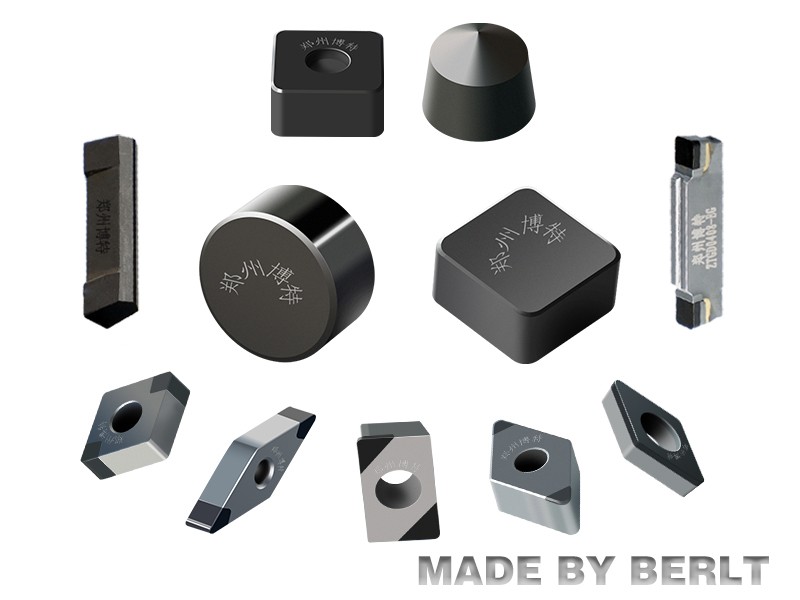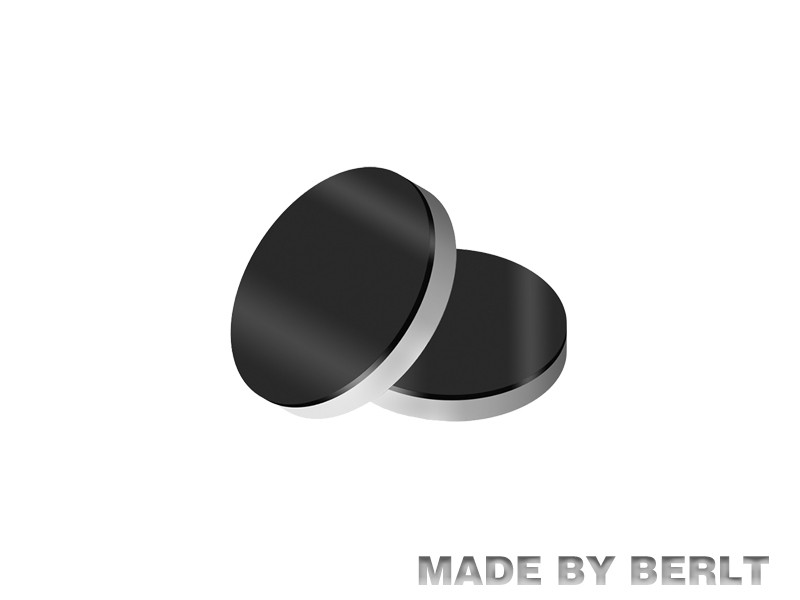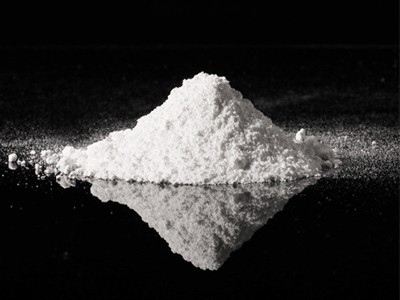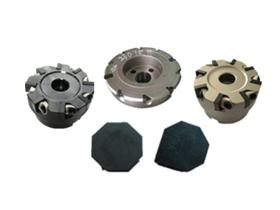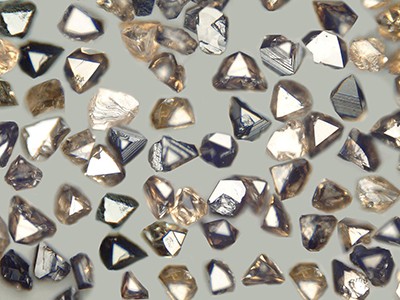With the rapid development of new energy vehicles, energy storage systems and consumer electronic devices, battery heat dissipation has become a major bottleneck in restricting their performance and safety. As an inorganic material with both high thermal conductivity and electrical insulation, hexagonal boron nitride (h-BN) has shown unique application value in the field of battery thermal management in recent years. Its layered crystal structure gives it excellent thermal conductivity, and the thermal conductivity parallel to the direction of the layers can reach 30-200 W/(m-K), which far exceeds that of traditional thermal conductivity materials (e.g., 20-30 W/(m-K) for alumina). This characteristic enables it to quickly conduct the heat generated during battery operation in the horizontal direction to avoid localized overheating. In the vertical heat dissipation scenario, the spherical h-BN powder can form a dense three-dimensional thermal conductivity network by virtue of its high filling rate and regular morphology, significantly reducing the interfacial thermal resistance between the base material and the filler. For example, in power battery modules, thermal conductive adhesives or composites filled with spherical h-BN can effectively distribute heat uniformly and prevent excessive temperature difference between the cores.
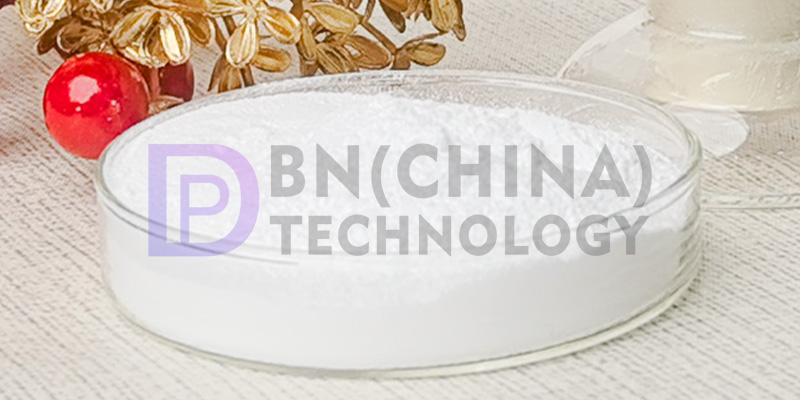
In addition to its highly efficient thermal conductivity, h-BN has a forbidden bandwidth of up to 5.9 eV, is virtually electrically non-conductive, and has a low dielectric constant (about 4), making it an ideal insulating material. This property makes it possible to avoid the risk of short circuit that may be caused by metal thermal conductive materials in battery heat dissipation applications. Adding h-BN-based thermally conductive insulating sheets between the lugs or cores of lithium batteries not only quickly conducts heat, but also blocks current leakage, significantly improving system safety. At the same time, its chemical inertness keeps it stable in the electrolyte environment, avoiding side reactions with the internal substances of the battery, and further guaranteeing the reliability of the battery's long-cycle operation. It is worth noting that h-BN has a melting point close to 3000°C and can withstand high temperatures of 2800°C in an inert atmosphere, and maintains structural stability even under strong acids, alkalis or oxidizing environments (below 1000°C). This high-temperature stability makes it suitable for heat dissipation in high-power battery systems or fast-charging scenarios. For example, during fast charging of electric vehicles, the battery temperature may rise sharply to over 150°C. Traditional organic heat dissipation materials are prone to failure, while h-BN matrix composites can still maintain highly efficient heat dissipation performance and delay the risk of thermal runaway.
From the perspective of processing suitability, spherical h-BN powders are easy to achieve high filler rate (>60%) in polymer matrix (e.g., epoxy resin, silicone rubber) due to their regular morphology and high mobility, while maintaining low system viscosity, which is convenient for the implementation of injection molding, coating and other processes. For example, in the preparation of thermally conductive spacers, spherical h-BN can enhance the interfacial bonding with the substrate through surface modification technology to form a continuous thermal conductivity pathway, improving the overall thermal conductivity to more than 5 W/(m-K). In addition, the density of h-BN is only 2.27 g/cm³, which is much lower than that of copper (8.96 g/cm³) and other metal materials. Adopting h-BN-based heat dissipation solution in the battery module can significantly reduce the weight of the equipment and improve the energy density, which is in line with the trend of lightweight design for new energy vehicles.
Currently, h-BN has been landed in several battery heat dissipation scenarios. For example, a manufacturer has successfully controlled the temperature difference of power battery packs within 3°C and increased the cycle life by 20% by adopting a thermally conductive adhesive compounded with sheet h-BN and spherical h-BN; and h-BN coating is used for high-temperature protection of rocket batteries, which can withstand temperatures up to 1600°C. In the future, with the advancement of surface modification technology (e.g. silane coupling agent treatment) and composite filler design (h-BN synergized with carbon nanotubes and graphene), the thermal conductivity efficiency and processing performance of h-BN are expected to be further improved. Its low toxicity and environmental friendliness will also promote its popularity in energy storage systems and wearable devices. With the characteristics of high thermal conductivity, insulation, high temperature resistance and light weight, hexagonal boron nitride powder provides an efficient and safe solution for battery heat dissipation. With the rapid development of the new energy industry, its application potential will be further released and it will become one of the key materials to promote the innovation of battery technology.
